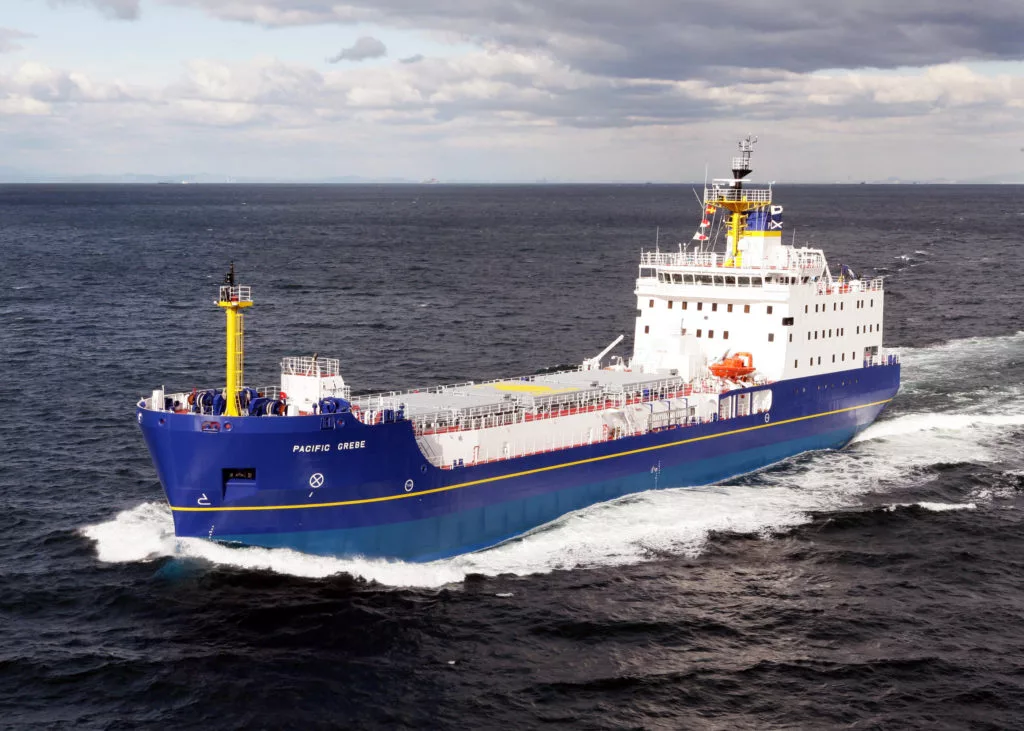Nuclear Transport Solutions (NTS), part of Britain's Nuclear Decommissioning Authority, is looking to reduce fuel costs and emissions of its fleet of ships used to transport spent nuclear fuel from around the world by retrofitting them with high-tech sails.
The idea of retrofitting freighters with sails to cut down on fuel consumption and pollution dates back to the energy crisis of the mid-1970s and interest in the idea has fluctuated as the cost of heavy diesel fuel that ships run on has gone up and down.
Part of the equation has been economics, but the other part has been technological. Though sails could reduce fuel use by as much as 20%, ships are built around engines, maximizing cargo space, and the ability to load and unload cargo efficiently. Unfortunately, many retrofit sail designs are complicated, require extra crew, need to be permanently rigged, and not only eat up valuable space, but interfere with ship operations.

As part of the three-year Winds of Change project, NTS is looking at adapting the Fastrig system developed by Smart Green Shipping (SGS) to see if it's practical to fit to NTS's fleet of three specially designed ships. Those ships are used to ship spent nuclear fuel in the form of vitreous material sealed in high-security flasks from nuclear plants as far away as Japan back to Britain for reprocessing into new fuel rods.
The Fastrig system essentially consists of airfoils mounted in sets on the deck of a ship, with one part attached to the mast and the second hinging off the first like the flaps on an aircraft wing. Autonomously operating by means of artificial intelligence, it can set itself to the most efficient angle to the wind to provide thrust to the ship.
The clever bit is that when the sails aren't needed, they're designed to fold themselves up so the masts lie flush on the deck, out of the way of loading cranes and other gear. This also prevents Fastrig from becoming a hazard in high winds, as anyone who has steered a boat into port ahead of a storm under bare masts catching the breeze can appreciate.

The system is presently undergoing land tests in Scotland with technical, commercial and environmental assessments running until March 2025. The safety, technical, and performance data will be used to inform any future installation.
“As owners of UK-flagged, high-quality specialist vessels, we’re committed to support UK shipping net zero initiatives," said Andy Milling, Marine Manager at NTS. "We’re excited to be working with SGS to address the highly complex technical challenges that arise from retrofitting wind-assist technology onto merchant vessels.
"Our motivation is to reduce vessel emissions whilst maintaining our high performance and critical delivery schedules. SGS has convened a group of highly experienced technical and commercial organizations to deliver the project and it’s exciting to see how we will implement this technology with safety, security and reliability remaining our top priorities."
The video below shows Fastrig in action.
Source: NTS






